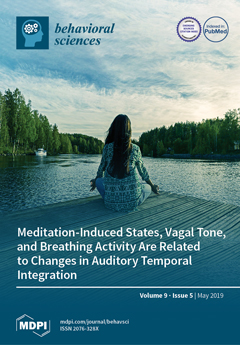Introduction: Extensive research has made it possible to conclude that dysfunctions in serotoninergic transmission are associated with a tendency toward violence and behavioral dysregulations in humans. In this regard, it has been suggested that selective serotonin reuptake inhibitors (SSRIs), such as sertraline, which
[...] Read more.
Introduction: Extensive research has made it possible to conclude that dysfunctions in serotoninergic transmission are associated with a tendency toward violence and behavioral dysregulations in humans. In this regard, it has been suggested that selective serotonin reuptake inhibitors (SSRIs), such as sertraline, which regulate the serotonin system, might reduce proneness to violence.
Aims: This review aims to explore changes in feelings of anger-state (e.g., irritability and hostility) and anger expression as primary outcomes after sertraline treatment.
Methods: Based on PRISMA quality criteria for reviews, a literature search was carried out through PubMed, PsycINFO, Dialnet, Psicodoc, Web of Knowledge, and the Cochrane Library.
Results: Initially, 605 publications were identified, removing 219 duplicate manuscripts and screening the titles and abstracts of the remaining 386 records. This process left 248 articles for full-text reading, finally including 15 entries. Thus, several empirical studies were included that employed different research designs. In this regard, we considered 3 case reports, 5 open clinical trials, and 7 randomized placebo-controlled trials. The majority of the studies were unanimous in concluding that a large percentage of patients with high irritability levels responded satisfactorily to sertraline treatment. In fact, their mood improved, and they experienced a reduction in irritability and anger expression after a few weeks of treatment (approximately two weeks). However, it was necessary to increase the sertraline dose after months of treatment to avoid exhaustion effects. Moreover, not all the patients responded to the treatment and it is particularly interesting that a small percentage of patients were refractory to treatment or even showed an increase in irritability after a few weeks of treatment. In those cases, it was necessary to discontinue the treatment or reduce the dose to the initial levels.
Discussion: Although it is necessary to be cautious about the benefits of sertraline as a way to control anger and irritability, it is relevant to consider pharmacological strategies to reduce anger-state as coadjutant treatments to psychotherapy in order to promote lasting changes in violent populations.
Full article






